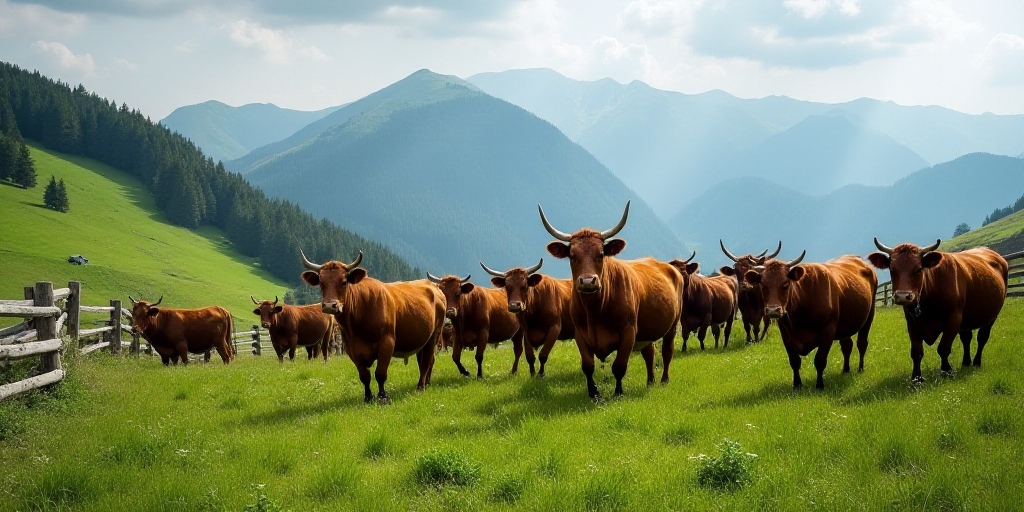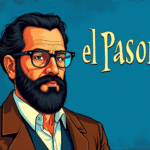Introduction
Guadalajara, Jalisco, a leading agroalimentary state in Mexico, faces significant deforestation due to the agave, avocado, and livestock industries. Paola Bauche, the head of the Secretaría de Medio Ambiente y Desarrollo Territorial (Semadet), highlighted this issue while introducing a sustainable livestock and deforestation-free meat strategy in collaboration with the Secretaría de Agricultura y Desarrollo Rural (Sader) and the Unión Ganadera Regional de Jalisco (UGRJ).
Existing Strategies for Agave and Aguacate
Bauche mentioned that Jalisco already has a strategy for agave, promoted by the Agave Responsible Environmental (ARA) certification, driven by the Tequila Regulatory Council (CRT). This initiative encourages responsible agricultural practices and protects biodiversity.
She further explained that strategies are being developed for avocado and, most recently, the Carne Libre de Deforestación (Deforestation-Free Meat) for livestock.
Economic Viability and Support from Sader
Eduardo Ron, the head of Sader Jalisco, emphasized that the sustainable livestock strategy aims to make the industry more environmentally friendly without compromising productivity.
Ron highlighted that the success of any policy depends on the economic well-being of livestock producers. He outlined the main lines of work for the strategy, including capacity building, coordinating support programs, opening new markets, especially in Puerto Vallarta for international tourists seeking high-end, distinctive products like deforestation-free meat, and securing accessible financing and support from the Agriculture Secretariat.
For the initial phase, Sader has allocated six million pesos to support 75 livestock producers who will participate in the strategy.
Commitment from UGREJ
Antonio Ruelas, president of UGREJ, affirmed that the sustainable livestock strategy is a commitment from the sector to the future of families involved in livestock, their lands, and the state.
Ruelas expressed pride in Jalisco’s leadership in producing meat, milk, eggs, and honey but acknowledged the increased responsibility that comes with this leadership. The world demands greater efficiency, environmental friendliness, and long-term profitability.
Transitioning from Conventional to Sustainable Livestock
Alejandro Michel Fuentes, secretary of UGREJ and one of the first to adopt sustainable livestock practices, explained the differences between conventional and sustainable livestock methods.
Conventional livestock involved clearing forests to create pastures, which, while initially productive, led to decreased forage quality and increased pest problems over time. Fuentes explained that sustainable livestock practices, such as silvopastoral systems integrating trees, forage, and livestock managed by producers, have led to significant resource savings.






